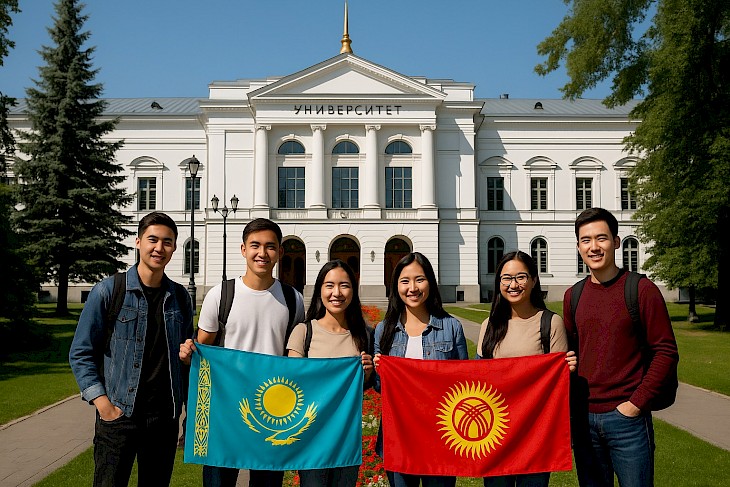Nikolai Pogodaev, Ekaterina Dudzik. Sic est vita hominis – The Human Experience: Perspectives of Kyrgyz and Kazakh Students on the Academic, Residential, and Urban Environments of Tomsk

The primary factor driving the large-scale educational migration from Kyrgyzstan to Russia and other countries is the weakness of the higher education system in Kyrgyzstan, particularly with regard to the composition of academic staff and the level of technical resources available. According to data as of the end of 2024, sixteen thousand Kyrgyz citizens were enrolled in Russian universities, of whom seven thousand were studying on a state-funded basis. In both 2024 and 2025, seven hundred quotas were allocated annually for Kyrgyz students to pursue studies at Russian institutions of higher education. At the beginning of the 2024–2025 academic year, approximately five hundred students originating from Kyrgyzstan were enrolled in Tomsk universities.
The principal reasons for educational migration from Kazakhstan to Russia are the high quality of Russian higher education and its economic affordability. Kazakhstan ranks as the leading country in terms of the number of students studying in Russia. According to the Embassy of Kazakhstan in Russia, by the end of 2023, approximately sixty-seven thousand Kazakhstani students were enrolled in Russian universities, with thirty thousand of them studying on a state-funded basis. At the beginning of the 2024–2025 academic year, 5,400 Kazakhstani citizens were enrolled in Tomsk universities, constituting 47.6 % of the total international student population in Tomsk’s institutions of higher education.
Within the framework of a research project funded by the Russian Science Foundation, employing a targeted sampling strategy and the snowball sampling method, we conducted twenty individual semi-structured interviews with students who had come to study at universities in Tomsk from Kazakhstan and Kyrgyzstan. The participants included both undergraduate and graduate students, representing the titular ethnic groups of their respective countries as well as ethnic Russians, the latter group being more numerous...
Read the paper





